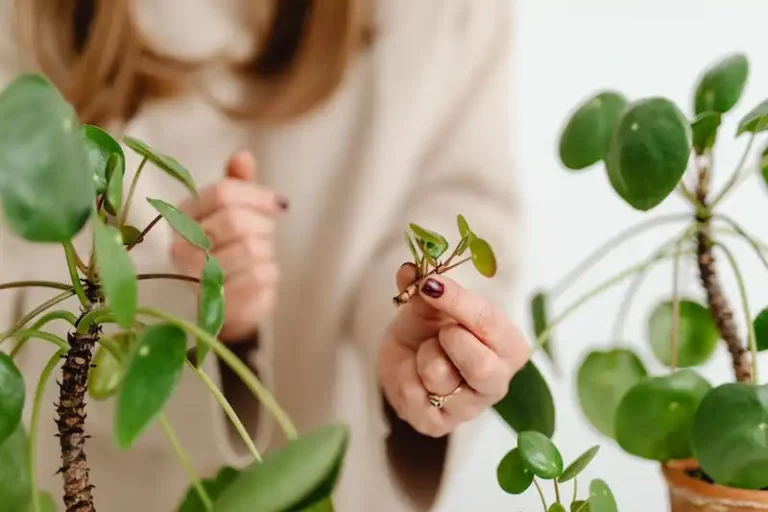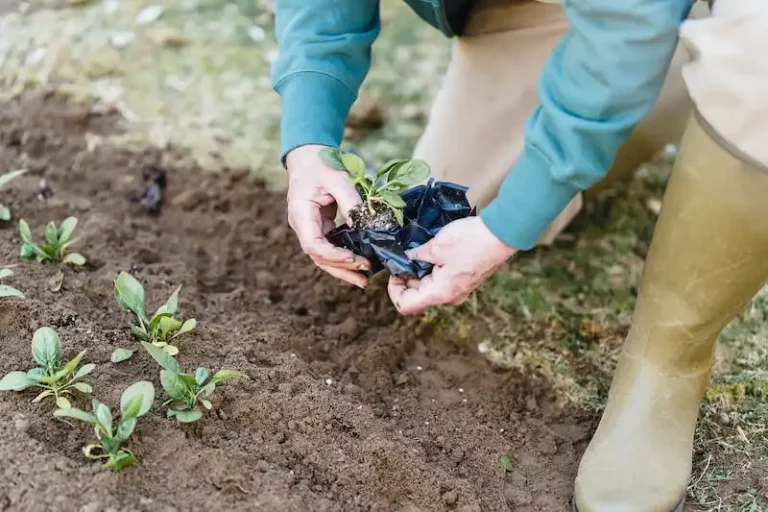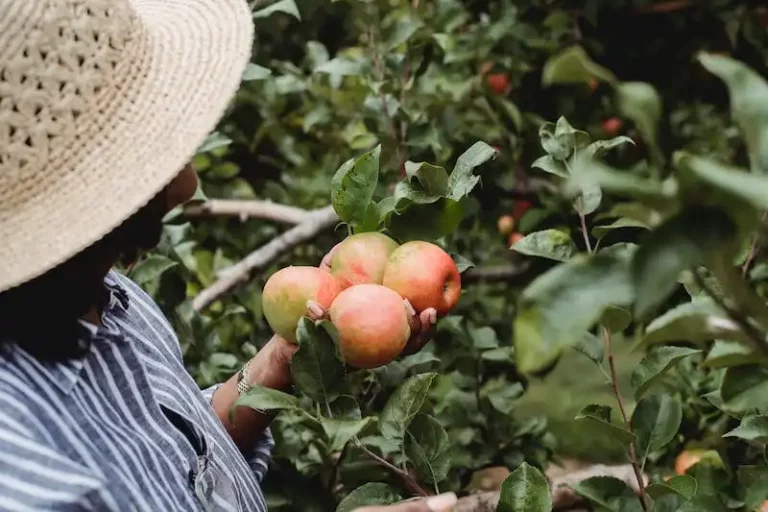Are you fascinated by succulents? Aeoniums are one of the most interesting and unique succulents you can find. These beautiful and exotic plants are mostly grown from cuttings, as they can take a bit longer to grow and become larger. In fact, the larger the cutting, the better chance it has of rooting.
One of the most popular aeoniums is the Aeonium canariense, which is known for its stunning colors and ability to thrive in various seasons. If you’re wondering how to care for these plants, it’s important to know that they have a lengthy dormancy period. The signs that a plant is in dormancy include drooping leaves and a deep red color.
When caring for aeoniums, it’s crucial to provide them with plenty of sunlight. These plants love bright light, so place them in a window or garden where they can receive adequate sunlight. It’s also important to make sure they are well-watered, but not overly watered. The soil should be allowed to dry out between waterings to prevent root rot.
Aeoniums are also prone to mealybug infestations, so it’s important to watch out for any signs of these pests. If you notice mealybugs on your plants, you can use organic methods to control them, such as spraying them with a mixture of water and dish soap.
If you’re interested in propagating aeoniums, the process is relatively simple. One method is by taking cuttings from the main stem. Just make sure the cutting has at least one or two pairs of leaves and let it dry out for a day or two before planting it in well-drained soil. Another method is by beheading the plant, which involves cutting off the top few inches of the plant and allowing it to dry out before planting.
In conclusion, aeoniums are beautiful and unique succulents that can be a great addition to any garden or indoor collection. With the right care and attention, these plants can thrive and produce stunning results. Remember to provide them with plenty of sunlight, well-drained soil, and regular watering. Watch out for signs of mealybug infestations and take action if needed. Happy gardening!
Aeonium Canariense
Aeonium Canariense, commonly known as Canary Island Aeonium or Aeonium Canariense, is a beautiful succulent plant that can bring a touch of beauty and unique foliage to your garden or indoor space. In this grow and care guide, you will learn all about the caring needs and how to grow Aeonium Canariense.
Light and Exposure
Aeonium Canariense generally needs bright and indirect light to thrive. It can be grown both indoors and outdoors, but it prefers a location with morning sun and afternoon shade. In warmer zones, it can tolerate more direct sunlight, while in cooler zones, it should be given some protection from frost and freeze.
Watering and Soil
Aeonium Canariense requires well-drained soil and should not be overwatered. It is important to let the soil dry out before watering again. During the growing season, the plant needs more water, but during the dormant season, it should be watered lightly. It is recommended to soak the soil with warm water and let it dry before watering again.
Propagation
Propagation of Aeonium Canariense can be done by using stem cuttings. Before taking cuttings, make sure to disinfect your tools to prevent the spread of diseases. Cut a healthy stem and let it dry for a few days. Then, plant the cutting in well-drained soil and keep it in a warm and bright location. With proper care, roots will start to develop within a few weeks.
Uses and Care
Aeonium Canariense is a popular choice for succulent gardens, containers, and rock gardens. It can also be planted in a window box or hanging basket. The unique colours and rosette-shaped leaves add visual interest to any space. Aeonium Canariense is generally low-maintenance, but it may need some support if the branches start to droop. Regular feeding with a balanced fertilizer during the growing season can help promote healthy growth.
With proper care and attention, Aeonium Canariense can thrive and become a stunning addition to your plant collection. It is always a good idea to learn about the specific needs of your plants and provide them with the ideal growing conditions. Happy gardening!
Before we Begin
Before you begin growing aeoniums, there are a few factors to consider. Aeoniums are native to the Canary Islands and come in many different varieties, each with their own specific needs. They thrive in mild climates and prefer temperatures between 60-75°F (15-24°C). If you live in an area with hot summers or freezing winters, it may be more challenging to grow aeoniums outdoors.
Aeoniums love sunlight and need at least 4-6 hours of direct sun exposure each day to thrive. However, they can also tolerate partial shade, especially in areas with hotter climates. In fact, some aeonium varieties can even tolerate full shade, although they may not grow as vigorously.
Learning more about the specific variety you have or plan to grow is important, as different aeoniums have different needs. Some aeonium species are monocarpic, meaning they will flower once and then die. Others are more suitable for long-term growth and can live for many years if provided with the right conditions.
A well-draining soil is essential for aeoniums, as they are susceptible to root rot. Use a potting mix that is designed for succulents or cacti, or amend your existing soil with plenty of sand and perlite to improve drainage. Aeoniums also benefit from a layer of mulch on top of the soil to retain moisture and regulate temperature.
While aeoniums are generally hardy plants, they can suffer from heat stress during the summer months or if exposed to high temperatures. In hotter regions, it is best to provide some shade during the hottest part of the day to avoid scorching the leaves. Morning sun and afternoon shade is an ideal condition for most aeonium varieties.
When it comes to watering, aeoniums prefer to be watered thoroughly but infrequently. Allow the soil to dry out completely between waterings, as overwatering can lead to root rot. In winter, when aeoniums enter dormancy, water sparingly as they require less moisture during this time.
If you are growing aeoniums in pots, be sure to choose a container with good drainage holes to prevent waterlogging. Avoid overwatering in this case as well, as waterlogged soil can cause the roots to rot.
Aeoniums can be propagated in a few different ways, including by stem cuttings or by collecting and planting their seeds. To propagate from stem cuttings, simply cut off a healthy stem and allow it to dry for a few days before planting it in a well-draining soil mix.
Overall, growing aeoniums can be a rewarding experience, as these unique plants showcase stunning rosettes that come in a variety of colors and shapes. By following the proper care guidelines and providing them with the right conditions, your aeoniums will flourish and bring beauty to your garden or indoor space.
Aeonium Canariense Care
Aeonium canariense, also known as the Canary Island aeonium, is a type of succulent that can be grown both indoors and outdoors. Its rosettes of green leaves with red edges make it an attractive addition to any garden or collection.
When caring for Aeonium canariense, it is important to provide it with a sunny location. This plant is used to warm and dry conditions, so it should be placed in a spot where it can receive at least a few hours of direct sunlight each day. However, it is important to avoid placing it in harsh afternoon sun, as this can lead to leaf damage.
Aeonium canariense requires well-drained soil, as it cannot tolerate wet or soggy conditions. It is best to use a cactus or succulent mix, which will provide the proper level of drainage. Watering should be done sparingly, allowing the soil to dry out between waterings. Overwatering can lead to root rot, so it is important to take care not to water too frequently.
During the growing season, Aeonium canariense may produce tall stems with small yellow flowers. These stems can be beheaded once the flowers have died down, and the cuttings can be used to propagate new plants. To avoid damage, it is best to use clean and sharp shears when beheading the plant.
If you live in a cooler climate, you may need to bring your Aeonium canariense indoors for the winter. It is not as hardy as some other Aeonium species, so it may not tolerate freezing temperatures. During the winter months, it is best to provide the plant with bright, indirect light and keep it in a cool room. Watering should be reduced during this time, as the plant will not be actively growing.
To summarize, here are the key steps for caring for Aeonium canariense:
- Place the plant in a sunny location, but avoid harsh afternoon sun.
- Use well-drained soil and water sparingly, allowing the soil to dry out between waterings.
- Behead the plant after it has finished flowering to propagate new plants.
- Provide bright, indirect light and reduce watering during the winter months, if necessary.
By following these steps, you can help your Aeonium canariense thrive and enjoy its beautiful rosettes of green and red.
SOIL FOR AEONIUM CANARIENSE
Aeonium canariense, also known as Canary Island Aeonium or Rose Buds, is a popular and hardy succulent plant that grows well in warm climates. It is native to the Canary Islands and has become a favorite among growers and gardeners due to its unique and attractive appearance.
When it comes to choosing the right soil for your Aeonium canariense, there are a few important factors to consider. Aeoniums are mostly grown from seeds or cuttings and need well-draining soil to prevent the risk of root rot. They are not very tolerant of harsh conditions, so it is crucial to provide them with the right soil to ensure their health and longevity.
A sandy, well-drained soil mix is the most suitable for Aeonium canariense. The soil should be loose and airy to allow water to flow freely through the roots. You can create a suitable soil mix by combining sand, perlite, or pumice with regular potting soil.
It is also essential to provide a shallow pot with good drainage for your Aeonium canariense. The shallow pot will promote healthy root growth and prevent water from pooling around the roots, which can cause root rot. Additionally, a pot with drainage holes will help prevent the soil from becoming waterlogged and give excess water a way to escape.
When it comes to watering your Aeonium canariense, it is crucial to find the right balance. Aeoniums are succulent plants and store water in their leaves, so they are more drought-tolerant than other plants. However, they still require regular watering to maintain their health and prevent drying out.
During the growing season, water your Aeonium canariense thoroughly and allow the soil to dry out completely between waterings. Avoid overwatering, as this can lead to root rot and other issues. As a general rule, water your Aeonium canariense once every two weeks, or whenever the soil feels dry to the touch.
During the dormant period, which usually occurs in the cooler months, watering should be reduced significantly. Aeonium canariense goes into dormancy to conserve energy, and excessive watering during this period can lead to root rot and other problems. Water sparingly during dormancy, and only when the soil is completely dry.
In addition to the right soil and watering routine, Aeonium canariense also benefits from regular feeding. Use a balanced fertilizer, such as a 10-10-10 or 14-14-14, once every three to four weeks during the growing season. Avoid fertilizing during dormancy, as the plant is not actively growing and does not require additional nutrients.
By providing the right soil, watering routine, and care, you can ensure that your Aeonium canariense thrives and remains healthy year-round. Keep an eye out for common pests such as mealybugs, which can damage the foliage and stems. If you notice any signs of pest infestation, treat the plant promptly to prevent further damage.
Aeonium canariense is a beautiful and hardy plant that can bring a touch of exotic beauty to your garden or indoor space. With the right care and attention, you can enjoy the stunning rosettes and upright growth of this unique succulent.



